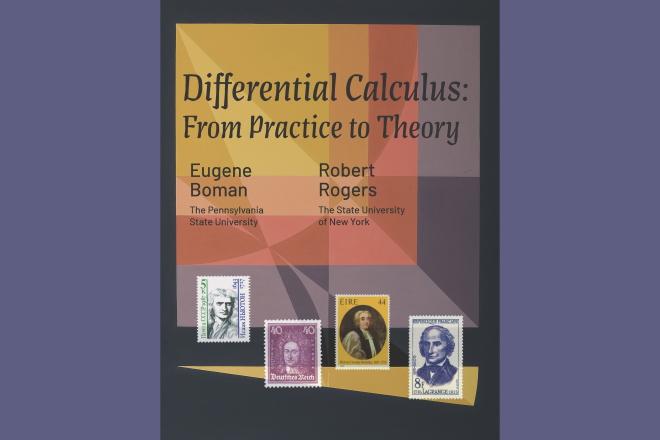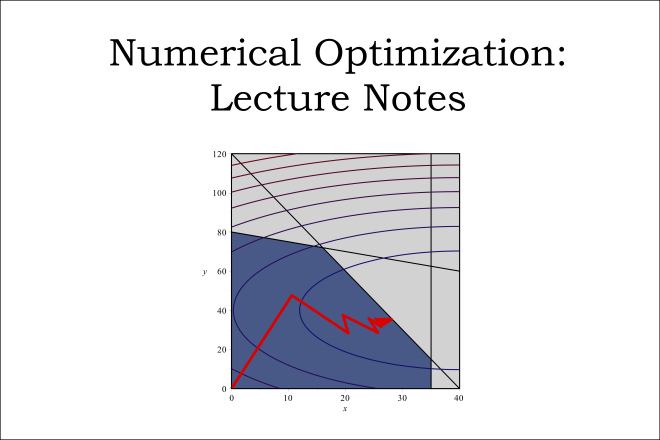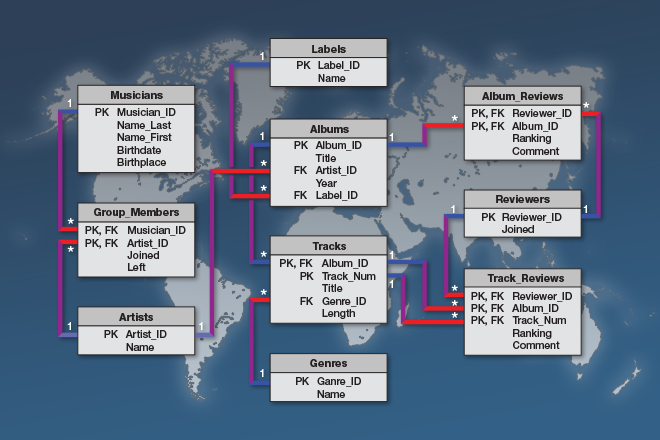Differential Calculus: From Practice to Theory

Credit: Cover of "Differential Calculus: From Practice to Theory" textbook, adapted from a work by Crockett Johnson, used with permission
Resource Description
Differential Calculus: From Practice to Theory covers all of the topics in a typical first course in differential calculus. Initially it focuses on using calculus as a problem solving tool (in conjunction with analytic geometry and trigonometry) by exploiting an informal understanding of differentials (infinitesimals). As much as possible large, interesting, and important historical problems (the motion of falling bodies and trajectories, the shape of hanging chains, the Witch of Agnesi) are used to develop key ideas. Only after skill with the computational tools of calculus has been developed is the question of rigor seriously broached. At that point, the foundational ideas (limits, continuity) are developed to replace infinitesimals, first intuitively then rigorously. This approach is more historically accurate than the usual development of calculus and, more importantly, it is pedagogically sound.
Learn moreGIS Programming and Software Development

Credit: High Angle View of Residential Buildings by Palo Cech is free to use
Resource Description
Bill Gates is credited with saying he would "hire a lazy person to do a difficult job" with the justification that "a lazy person will find an easy way to do it." GEOG 485 doesn't teach the lazy way to get the job done, but it does teach the scripting way — which is arguably even better. You've probably heard the "give a fish"/"teach to fish" saying? That's the gist of GEOG 485: to equip you, in an ArcGIS context, with the ModelBuilder and Python scripting skills to make your boring, repetitive geoprocessing tasks easier, quicker and automatic — so you can focus on the more interesting (potentially more valuable) work that you (and your employers) really want you to be doing. Learn moreNumerical Optimization: Lecture Notes

Credit: Image adapted from a figure by Christopher Griffin and is licensed under CC BY-NC-SA 3.0 US
Resource Description
This is a set of lecture notes for MATH 555, Penn State's graduate Numerical Optimization course. Numerical Optimization is the study of maximizing or minimizing functions through numerical techniques. Generally, it's rare to optimize anything other than through numerical techniques (unless of course you're talking about something really simple). Numerical optimization is used every day and is built on techniques from multi-variable calculus, optimization theory (obviously) numerical linear algebra (for algorithm efficiency) and other branches of mathematics.
Learn moreSpatial Database Management

Credit: © Penn State University is licensed under CC BY-NC-SA 4.0
